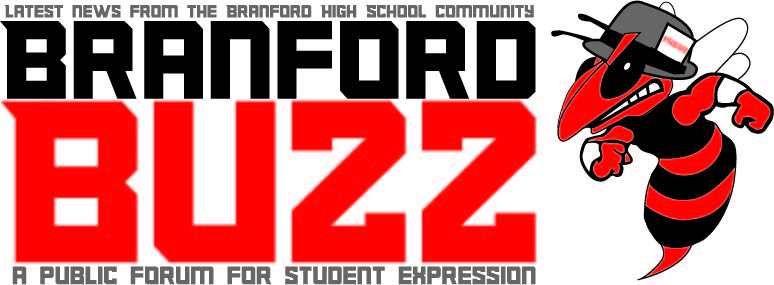By Brooke O’Leary
Our world revolves around money.
In most societies and cultures, wealthy people are granted more opportunities and power. That keeps their circles small. In an effort to grant equal opportunity most developed countries provide access to education. However, it appears that the education system has been plagued by the drastic difference in the quality of education that wealthy children are receiving compared to those less fortunate.
In the recent news has been the college admissions scandal, in which high-class members of society were able to bribe their children into competitive colleges, along with the help of photoshopped photos, illegitimate test scores, and false credentials. The academic achievement gap has gone far beyond paying for private tutors and the best resources, it has corrupted America at its core.
America has been known for many centuries as the land of opportunity, and education has always been a vital step to success. However, the education system itself is flawed. In Caitlin Gibson and Ellen McCarthy’s article, “The College-Admissions Scandal Rattled Rich Parents. But Will It Change Them,” Kim Digilio, a fitness director from Manhattan Beach, California, discusses the college admissions process. Digilio discusses the dangers of the college admissions process and how it has caused children to become highly critical of themselves, as well as parents placing far to much pressure on their kids. It has also made teenagers ask themselves, if I had more money would I have gotten in?
The town of Branford has a diverse socioeconomic scale, there are both trailer parks and million dollar beach mansions miles away from each other. Melanie Sachs, a junior at BHS, “There definitely is an academic achievement gap here, sometimes in school I see kids that can’t afford supplies which definitely has an impact on their ability to learn.”
It is important to understand what socioeconomic status is and how it is defined. Sue Thomson, from Nature News, defines socioeconomic status as the socioeconomic background represented by the index of economic, social, and cultural status, which is a composite score. That being said many researchers define socioeconomic in different ways, this poses challenges for educational research when trying to prove correlations. The most common way to define socioeconomic status in academic environments is whether a student receives free or reduced lunch compared to a student that doesn’t have any aid.
Race has appeared to have a strong influence on socioeconomic status, it is found that most communities that are below the poverty line are typically minority communities. Which is a result of more black and hispanic students coming from less fortunate families. However, this achievement gap goes far beyond race. Affluent communities such as Chapel Hill, North Carolina, and Berkeley, California are also experiencing such deficits. In Rich Makoto’s article, “Money, Race and Success: How Your School District Compares,” he evaluates North Carolina’s current situation and quotes Jeff Nash, the executive community director, who exclaims that their community thrives due to the competitive nature of students.
Makoto says it is important that parents are involved in a child’s education. But some parents have to work and don’t have time to sit down and help their children with their homework. This further the influence of one’s environment on their education.
It’s well known that children that come from less fortunate families tend to live in less sheltered communities. These communities are prone to more violence, gang activity, and negative influences. Whereas, children living in a suburban neighborhood are much less likely to endure said interactions, however it is still very possible.
Another issue when discussing the academic achievement gap is, how does one measure achievement? Achievement spans from one’s GPA to their standardized test scores. It’s hard to measure achievement because it’s individual to someone’s own abilities. In Sue Thomson’s editorial, “Achievement at School and Socioeconomic Background-an Educational Perspective,” she emphasizes our inability to define what socioeconomic status and achievement are. In order for improvement to be made and the achievement gap to close a common consensus needs to be made. Thomson also mentions that despite a country being developed or not, every single country in the world experiences the academic achievement gap. That makes this issue a global epidemic.
BHS student Issy Mannle, a junior at BHS, said “I see this gap all the time, it’s most apparent when it comes to SAT tutoring. Some kids just can’t afford to go to a tutor, which hinders their ability to take an important test. The whole system makes no sense!”
The academic achievement gap needs to close, efforts within your own community such as supply drives and volunteer tutoring could make a strong impact on someone else’s education. Small steps eventually add up to miles. The world revolves around money, but eventually the money will run out.
Discover more from Branford High School Buzz
Subscribe to get the latest posts sent to your email.


Very well written with strong points! good job